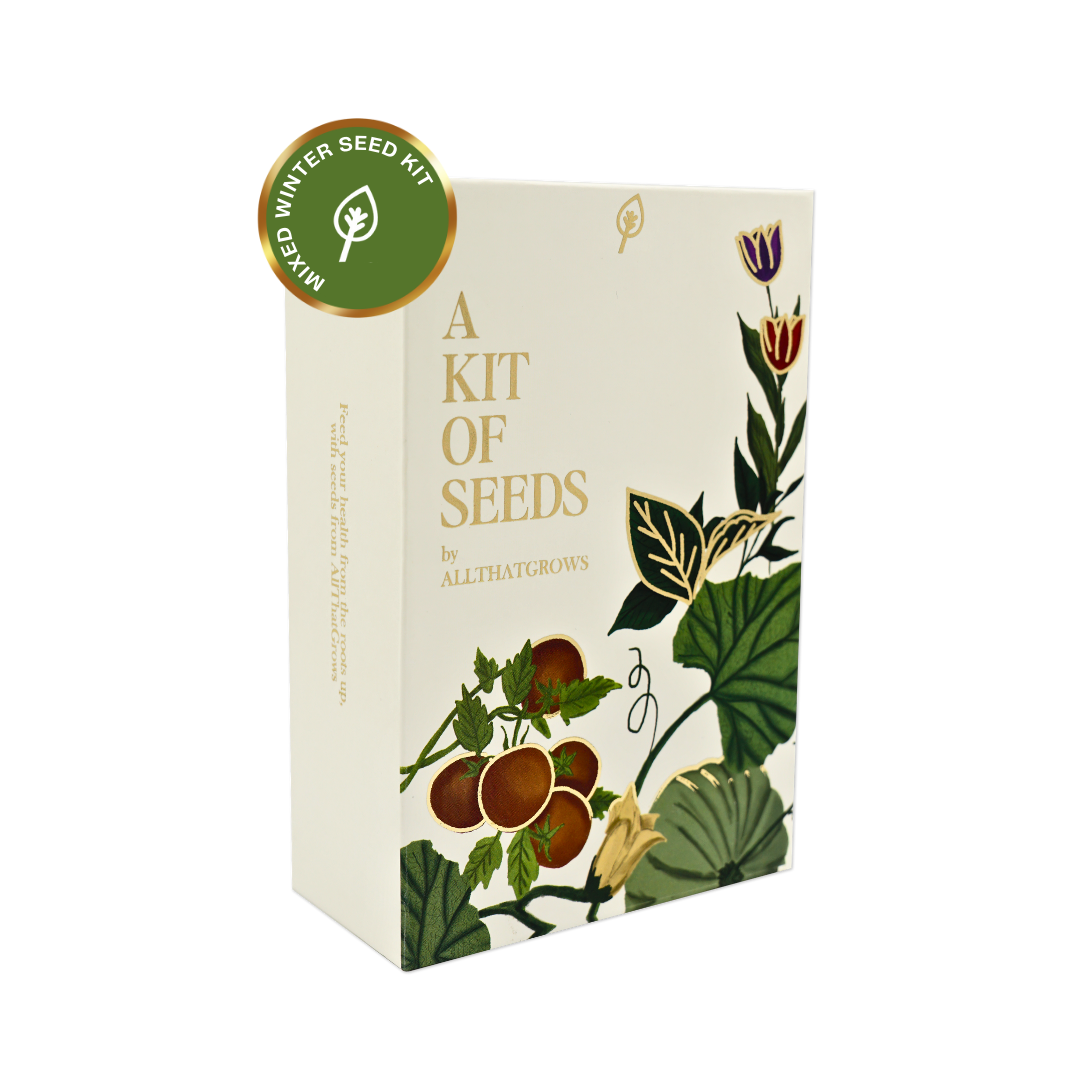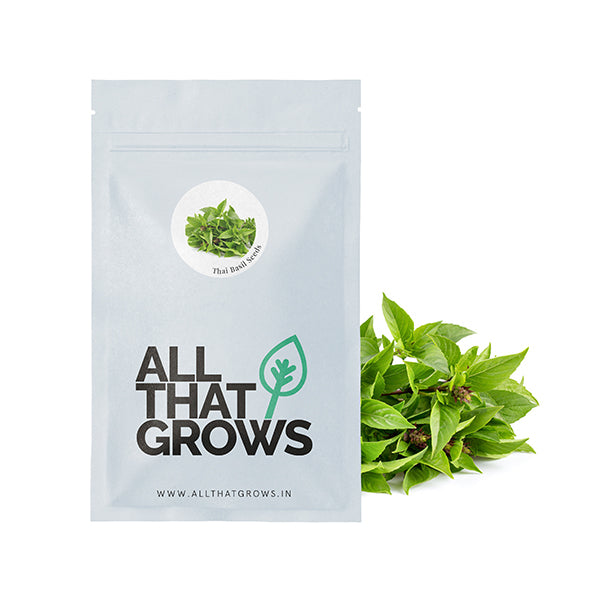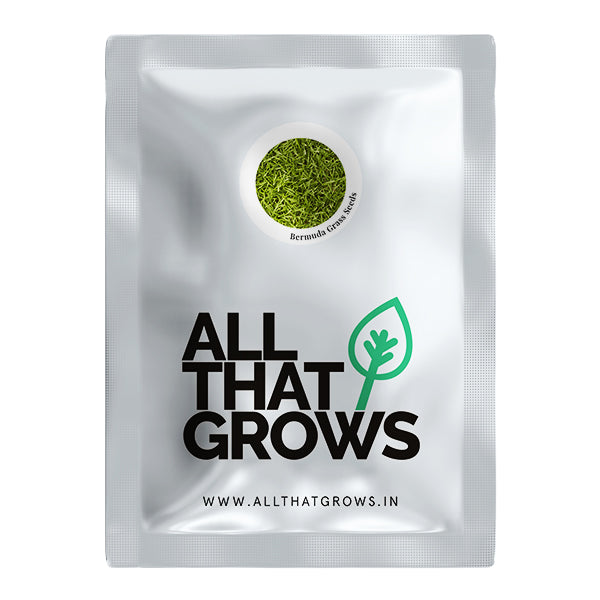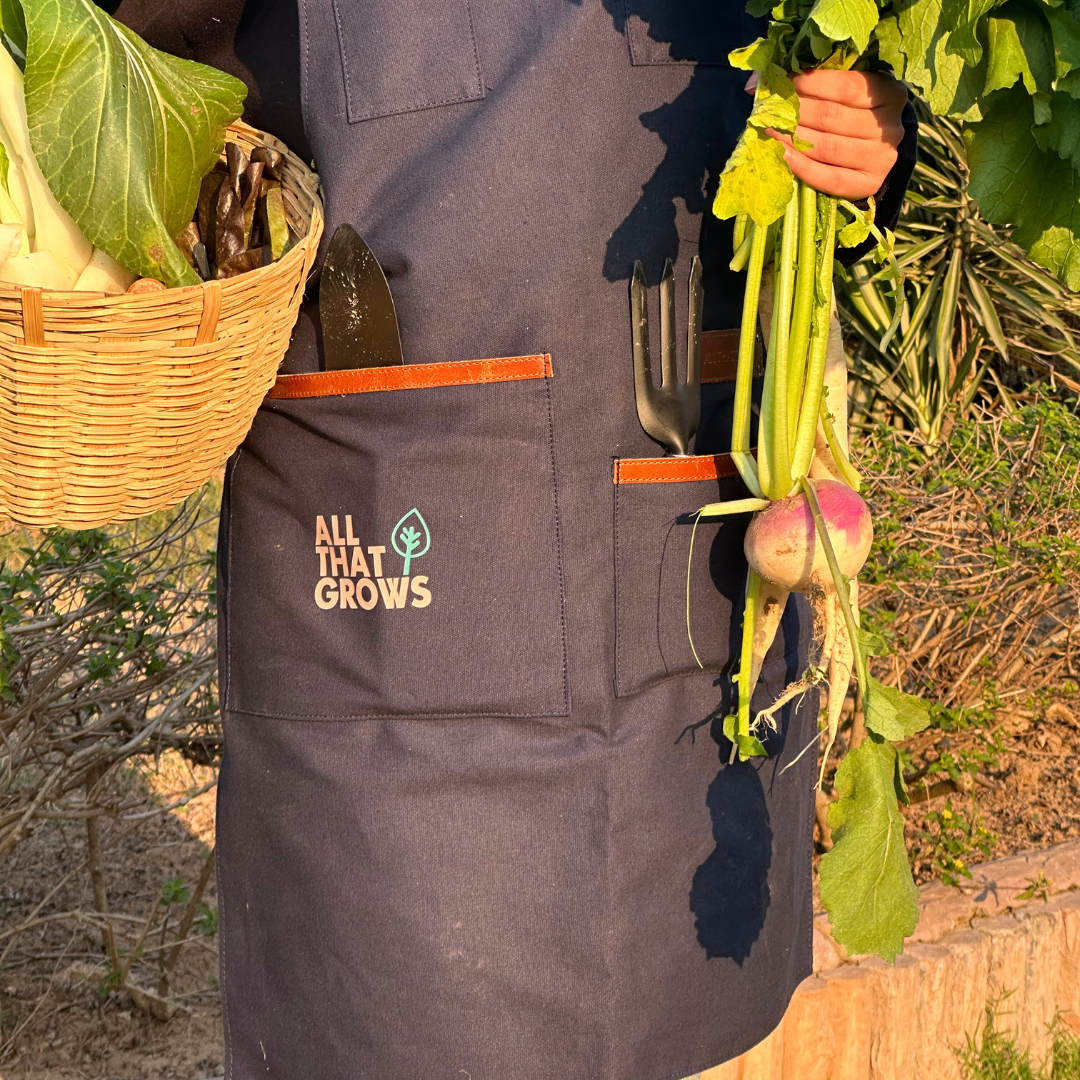- Details
- How to sow
- Reviews
Radish as a vegetable is extremely peculiar thanks to its taste and crunchiness. It's one of the vegetables that is naturally sharp and gives a nice kick to the taste buds. Not only is Radish a feisty flavor to add to a salad it is also a highly nurturing and nourishing vegetable. Found in historical records dating back to the 3rd century, the Radishes were discovered in Europe, Southeast Asia - India, China and some parts of Central Asia. Belonging to the cruciferous vegetable family of Brassicaceae, the Radish is now known for its innumerable health benefits and detoxifying qualities. The edible tap root of the Radish comes in a variety of shapes and sizes but the most commonly found ones are long, tender, white, and tapering. The leaves of the Radish plant are also edible and are known as a variety of spinach.
Radish is usually eaten raw, steamed, and blanched. It is also cooked in Indian cultures and eaten as a culinary dish. Radish juice is commonly prescribed to those suffering from constipation, cardiovascular disorders, piles. They are amazing detoxifiers and are recommended as cleansers for the liver and the stomach. If you have been thinking of adding the Radish to your diet, then do it right away! But first, add this remedial vegetable to your kitchen gardens and patches!
Planting instructions
Plan a fall planting. Plant 4-6 weeks into fall before the start of the winter.
Directly sow seeds ½ to an inch deep and one inch apart in rows that are 12 inches apart.
Thin to about 2-inch spacings. Avoid crowding of plants together.
Radishes when planted in too much shade—or even where neighbouring vegetable plants shade them—they invest all their energy into producing bigger leaves.
Practise 3 year crop rotation.
Growing Requirements
watering
Radish seeds should be planted in moist soil during mid-autumn. Infrequent watering gives radishes a woody texture and a hot taste.
pests
The pests that attack radish can cause the roots to fail to form, tiny shot-holes in leaves of seedlings, leaves to turn dull yellow, curl, stunted - making them brittle and deformed. Common type of pests that affect this crop are Cabbage Root Maggot and Clubroot.
soil
Radishes prefer well-drained, loose soil, high in organic matter, free from stones, with pH 5.8 to 6.8.
spot
The crop yields best produce in full sun.
temperature
Ideal temperature for germination would be 12 to 29 degree C [55 F to 85 F].
how to harvest
Radishes are quick to harvest, as rapidly as three weeks after planting.
Do not leave them in the ground for long after they have reached maturity, their condition will deteriorate.
Trim the tops off short, wash the radishes and dry them thoroughly.
Store in refrigerator in plastic bags. Radish greens can be stored separately for up to three days.

The productiveness of any seed we sell is subject to your local climatic conditions*, the sowing method you adopt, and your commitment to the planting process. We give no warranty, expressed or implied, and are in no way responsible for the produce.
Please note that all our seasonal recommendations/ sowing information is as per the local climatic conditions. *For more information on the optimum conditions required for growing seeds in your region, please contact us at, hello@allthatgrows.in or Whatsapp us at, +91 8544865077
Questions & Answers
Ask a Question-
Are radish seeds edible, because I need this for medicene
No, our seeds must not be consumed directly as they are treated with poison (insecticides and fungicides).




















